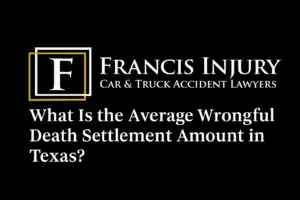Trying to figure out who's to blame in a 3-car accident? You're not alone—and it’s rarely straightforward.
Multi-vehicle collisions often involve chain reactions, conflicting accounts, and overlapping liabilities. In this guide, we’ll unpack how fault is determined in 3-car pileups, explore the most common types of multi-car crashes, and explain what steps to take if you’re involved in one—especially under Texas law.
What Is a 3-Car Accident?
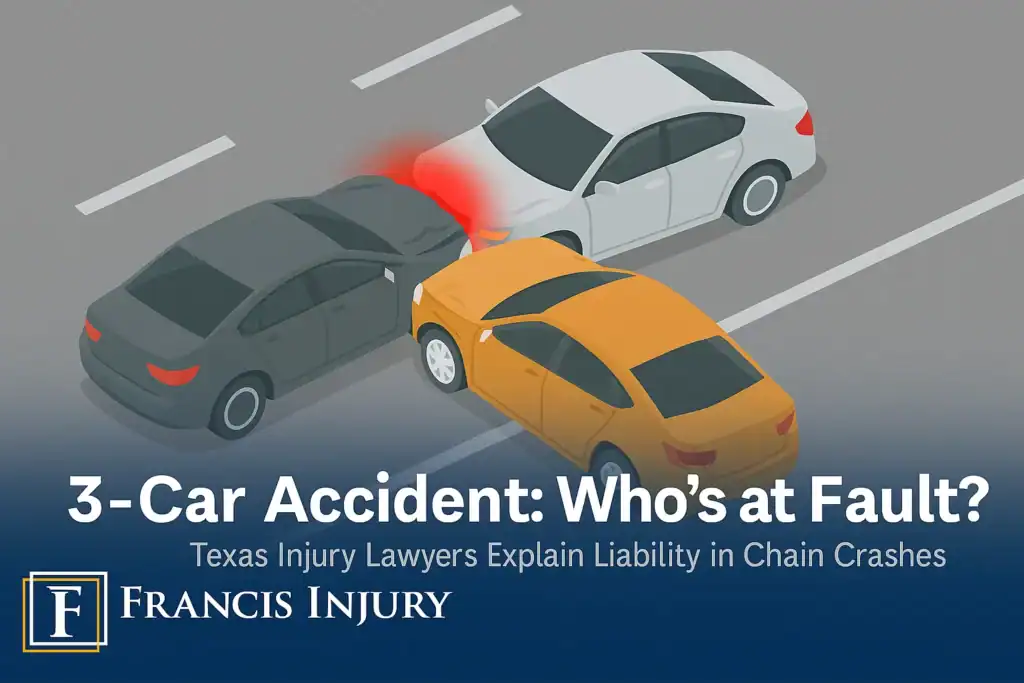
A 3-car accident—also known as a multi-vehicle or chain reaction crash—occurs when three vehicles collide in one connected series of impacts. These often happen at stoplights, during traffic slowdowns, or in bad weather when reaction times are reduced.
Most 3-car collisions fall into one of these patterns:
- Rear-end chain reaction: Vehicle C crashes into Vehicle B, pushing B into Vehicle A
- Sandwich impact: Vehicle A is stopped, B is behind A, and C hits B, pushing it forward
- Cross-traffic crash: One vehicle runs a red light or fails to yield, striking others crossing legally
Determining fault in these cases isn’t always straightforward—and it can affect your ability to collect compensation for your injuries or damage.
Who Is at Fault in a 3-Car Accident?
In most Texas 3-car accidents, the driver who triggered the chain reaction is primarily at fault. But fault may be shared among multiple drivers depending on the circumstances. Texas follows a modified comparative fault rule, meaning each driver’s level of negligence is evaluated—and your compensation is reduced by your percentage of fault.
Example Scenario
Let’s say Vehicle A is stopped at a red light. Vehicle B stops behind it. Vehicle C is texting and rear-ends Vehicle B at high speed, causing B to crash into A.
Fault breakdown: C is 100% at fault if B was stopped legally. But if B was following too closely or failed to leave adequate distance, B might share partial fault.
Key Evidence Used to Determine Fault
- Police crash reports (often show sequencing and statements)
- Dashcam or traffic camera footage
- Eyewitness statements
- Vehicle damage angles and severity
- Skid marks, debris patterns, and event data recorders (EDRs)
An experienced car accident lawyer in Fort Worth can reconstruct the crash and consult experts to determine fault accurately—especially when the insurance companies try to shift blame.
Common Injuries in Chain Reaction Accidents
- Whiplash and neck strain
- Concussions and traumatic brain injuries (TBIs)
- Back and spinal cord injuries
- Airbag and seatbelt injuries
- Broken bones or internal bleeding
Even low-speed impacts in chain crashes can lead to long-term pain and medical costs. If you’re unsure whether to file a claim, read our article on how pain and suffering is calculated in Texas personal injury cases.
What to Do After a 3-Car Accident
- ✅ Call 911 and report the accident
- ✅ Get medical care, even for minor pain
- ✅ Exchange contact and insurance info with all drivers
- ✅ Take photos of all vehicle positions and damage
- ✅ Gather names of any witnesses
- ✅ Don’t admit fault or speculate at the scene
- ✅ Contact a personal injury lawyer immediately
Don’t post on social media or speak with any insurance adjusters until you've talked to a Texas car accident attorney. Insurers often try to settle quickly and cheaply—before the full extent of your injuries is known.
How a Lawyer Can Help After a 3-Car Wreck
When multiple parties are involved, finger-pointing is common. A skilled attorney can:
- Investigate all drivers and reconstruct the crash
- Collect and preserve key evidence and surveillance footage
- Negotiate with multiple insurance companies
- File claims or lawsuits on your behalf
- Advocate for full compensation for medical bills, lost wages, and pain
At Francis Injury, our founder Michael Francis is Board Certified in Personal Injury Trial Law—a distinction earned by less than 2% of Texas lawyers. We’ve helped victims in Fort Worth and across Texas win the compensation they deserve after serious chain-reaction crashes.
Injured in a 3-Car Collision?
Don’t get stuck paying for someone else’s mistake. Our Fort Worth accident lawyers can investigate your multi-car crash and fight for your full recovery. No fee unless we win.
Request a Free Case ReviewFAQs: Fault in Multi-Car Accidents
Is the driver who rear-ends automatically at fault?
Usually, yes—but not always. If the driver in front made a sudden stop or was driving erratically, fault could be shared. Every case is unique.
Can more than one driver be at fault in a 3-car accident?
Yes. Under Texas comparative fault law, multiple drivers can share liability. That’s why evidence is crucial in determining percentages of blame.
What if I’m partially at fault—can I still recover damages?
Yes, as long as you’re 50% or less at fault. Your compensation will be reduced by your percentage of fault.
Should I talk to the other drivers’ insurance companies?
No. Their goal is to minimize or deny your claim. Refer them to your attorney instead.
How long do I have to file a claim?
In Texas, you typically have 2 years from the date of the crash to file a lawsuit. Don't wait—start preserving evidence now.
- Can I Sue Lyft After an Accident?
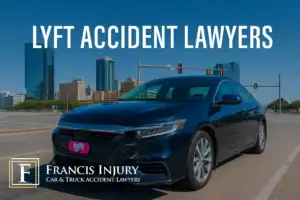
- Why Do You Need a Personal Injury Lawyer?
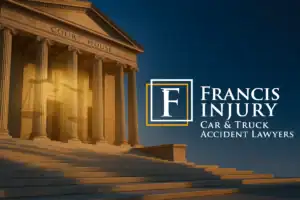
- Texas Personal Injury Protection (PIP) Insurance: A Complete Guide for 2025
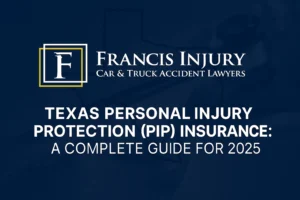
- What is the Average Payout for a Motorcycle Accident?
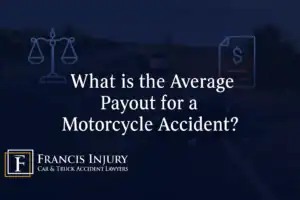
- What Happens When a Trucking Company Violates FMCSA Rules?
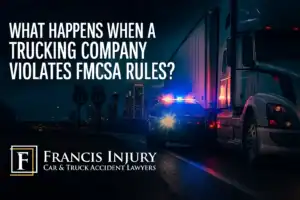
- What You Should Know if You Have Been Involved in a Truck Accident
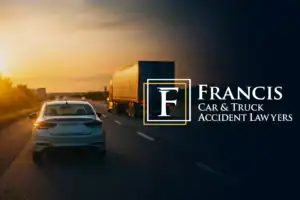
- Do You Have to Report an Accident to Your Insurance if It’s Not Your Fault?
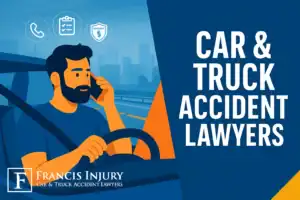
- The Role of Witnesses in Truck Accident Cases: Eyewitnesses, Experts, and Winning Your Claim
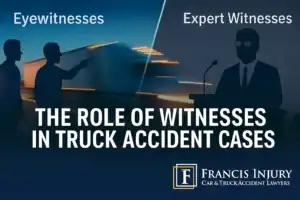
- What Is the Average Wrongful Death Settlement Amount in Texas?
